A dirty harvest tail: This harvest is surely not giving up very easily on the last of the 2016 crops. While some afflicted areas got a little reprieve in the past week, some of the worst hit areas did not. Losses are now tangible with over half a tonne being left on the ground.
Remaining crops are now mainly in a disastrous situation. As well as thousands of acres of grain, there appears to be 10 times that amount of straw on the ground preventing any further work, plus the planting of catch crops.
Stubbles: It was good to see so many stubbles cultivated and many are now flush with volunteers and weeds. But just because you get a flush of growth is not a good reason to admire it. Once stubbles green up, they should be cultivated again to encourage further germination of weeds.
Cultivation is critical to getting a second germination phase. And if the first strike was heavy, there will obviously be more to come on the second phase. But early is best – that is why grass weeds are synonymous with early drilling. Cultivation is also very useful to keep away problems with low populations that you may not have even noticed yet. Cultivation needs to be shallow so you won’t bury seeds that were shed this year.
The cultivated layer should be broadly similar to where you would plant grass seeds. The cultivation needs to undercut and disturb all existing vegetation while being as shallow as is practical to stimulate germination. Conditions have to be good so that the soil will break to expose the seeds to light.
Grassweeds are favoured by early drilling, open crops, monoculture and non-inversion tillage. Delayed drilling tends to suit the crop more than the grass. Ploughing can help where grass weeds are a problem but success depends on perfect burial followed by a break from ploughing.
Planting: While early planting helps to ensure that all crops are planted and established in good conditions, it also significantly increases pressure from weeds, especially grass weeds, and possibly diseases. The most obvious risks from early planting are BYDV, take-all and septoria. Use Redigo Deter seed dressing for aphid control on early planted crops.
Pyrethroid aphicides appear to be having serious problems and aphid control appears to be compromised by resistance. You must assume you have this problem and use all other methods for aphid reduction. This will include having the stubbles free of vegetation for some time prior to planting to help banish any aphids present.
While earlier planting favours grassweed growth, later planting is a useful tool to help contain that problem and also BYDV, take-all and septoria. In many fields, planting is being delayed by default by the presence of unbaled straw.
Drill winter barley at around 300 seeds/m2 (155-185kg/ha or 10-12st/ac), early winter wheat at 180-200 seeds/m2 (110-125kg/ha or 6-8st/ac at 55g TGW) and oats at 300 seeds/m2 (120-140kg/ac or 7.5-9st/ac).
A dirty harvest tail: This harvest is surely not giving up very easily on the last of the 2016 crops. While some afflicted areas got a little reprieve in the past week, some of the worst hit areas did not. Losses are now tangible with over half a tonne being left on the ground.
Remaining crops are now mainly in a disastrous situation. As well as thousands of acres of grain, there appears to be 10 times that amount of straw on the ground preventing any further work, plus the planting of catch crops.
Stubbles: It was good to see so many stubbles cultivated and many are now flush with volunteers and weeds. But just because you get a flush of growth is not a good reason to admire it. Once stubbles green up, they should be cultivated again to encourage further germination of weeds.
Cultivation is critical to getting a second germination phase. And if the first strike was heavy, there will obviously be more to come on the second phase. But early is best – that is why grass weeds are synonymous with early drilling. Cultivation is also very useful to keep away problems with low populations that you may not have even noticed yet. Cultivation needs to be shallow so you won’t bury seeds that were shed this year.
The cultivated layer should be broadly similar to where you would plant grass seeds. The cultivation needs to undercut and disturb all existing vegetation while being as shallow as is practical to stimulate germination. Conditions have to be good so that the soil will break to expose the seeds to light.
Grassweeds are favoured by early drilling, open crops, monoculture and non-inversion tillage. Delayed drilling tends to suit the crop more than the grass. Ploughing can help where grass weeds are a problem but success depends on perfect burial followed by a break from ploughing.
Planting: While early planting helps to ensure that all crops are planted and established in good conditions, it also significantly increases pressure from weeds, especially grass weeds, and possibly diseases. The most obvious risks from early planting are BYDV, take-all and septoria. Use Redigo Deter seed dressing for aphid control on early planted crops.
Pyrethroid aphicides appear to be having serious problems and aphid control appears to be compromised by resistance. You must assume you have this problem and use all other methods for aphid reduction. This will include having the stubbles free of vegetation for some time prior to planting to help banish any aphids present.
While earlier planting favours grassweed growth, later planting is a useful tool to help contain that problem and also BYDV, take-all and septoria. In many fields, planting is being delayed by default by the presence of unbaled straw.
Drill winter barley at around 300 seeds/m2 (155-185kg/ha or 10-12st/ac), early winter wheat at 180-200 seeds/m2 (110-125kg/ha or 6-8st/ac at 55g TGW) and oats at 300 seeds/m2 (120-140kg/ac or 7.5-9st/ac).




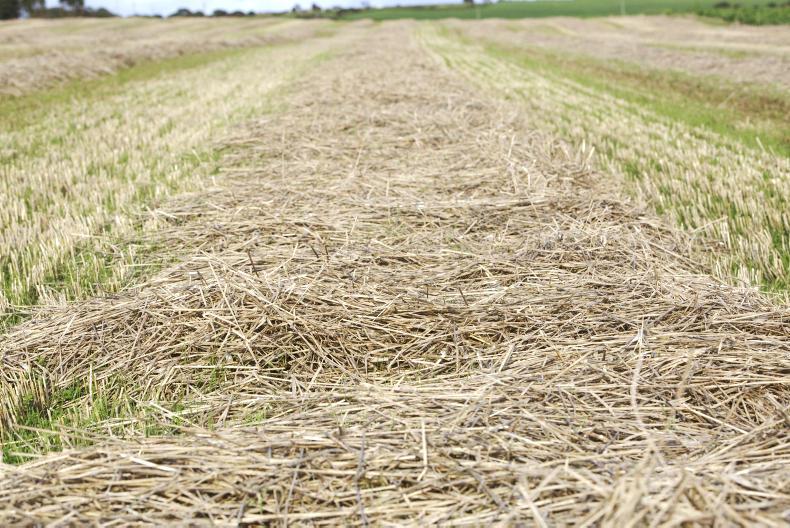
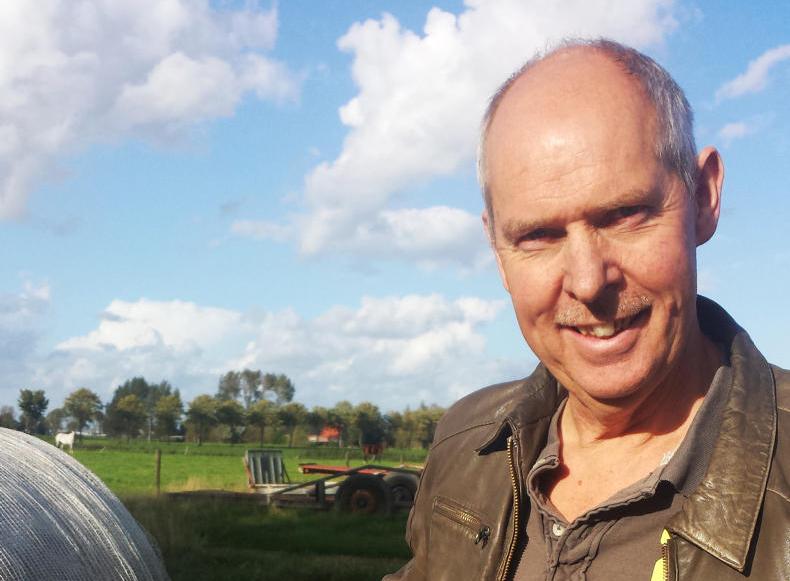

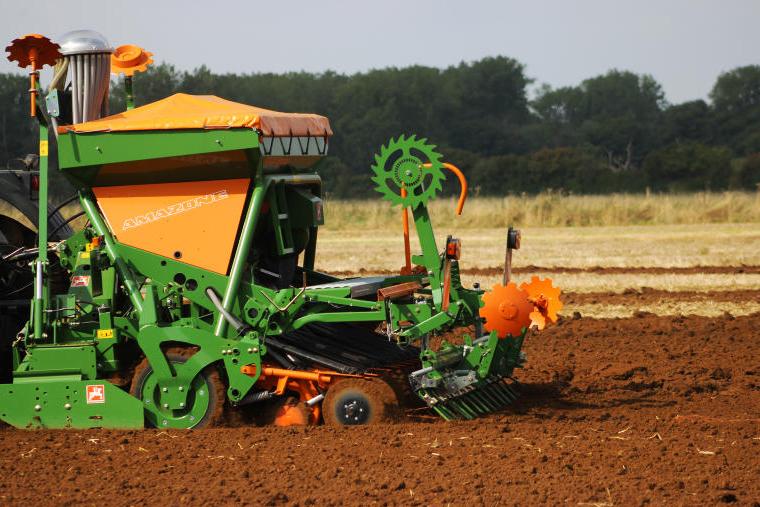
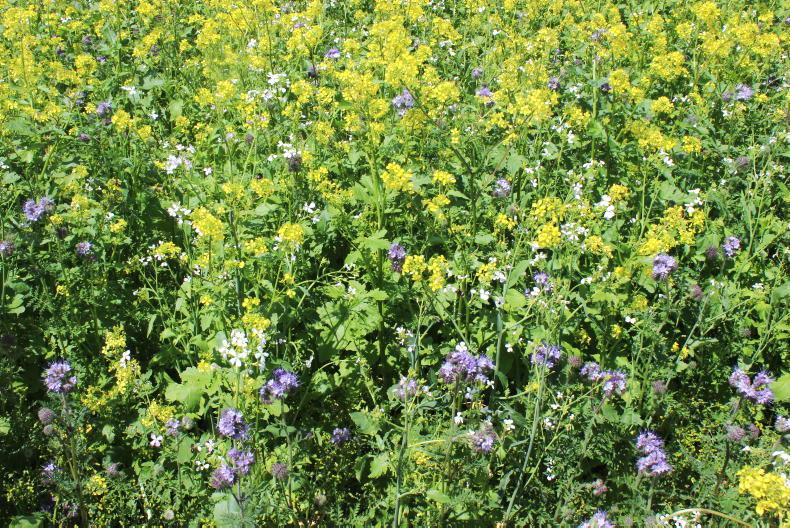
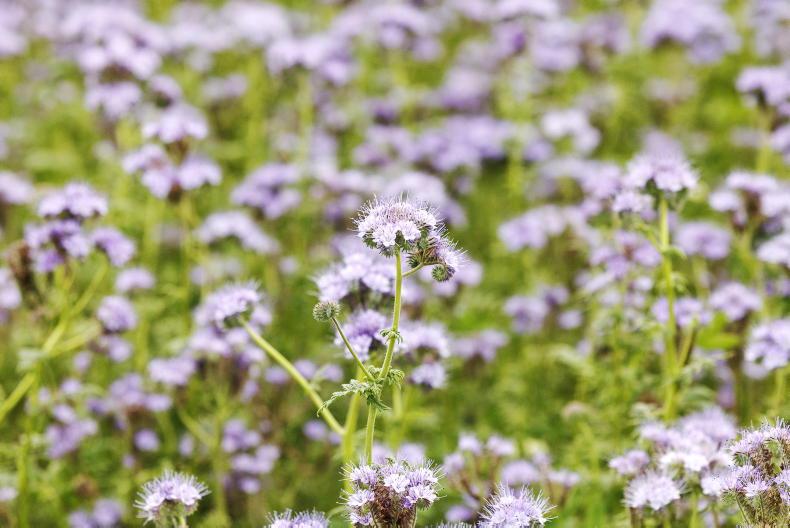
SHARING OPTIONS